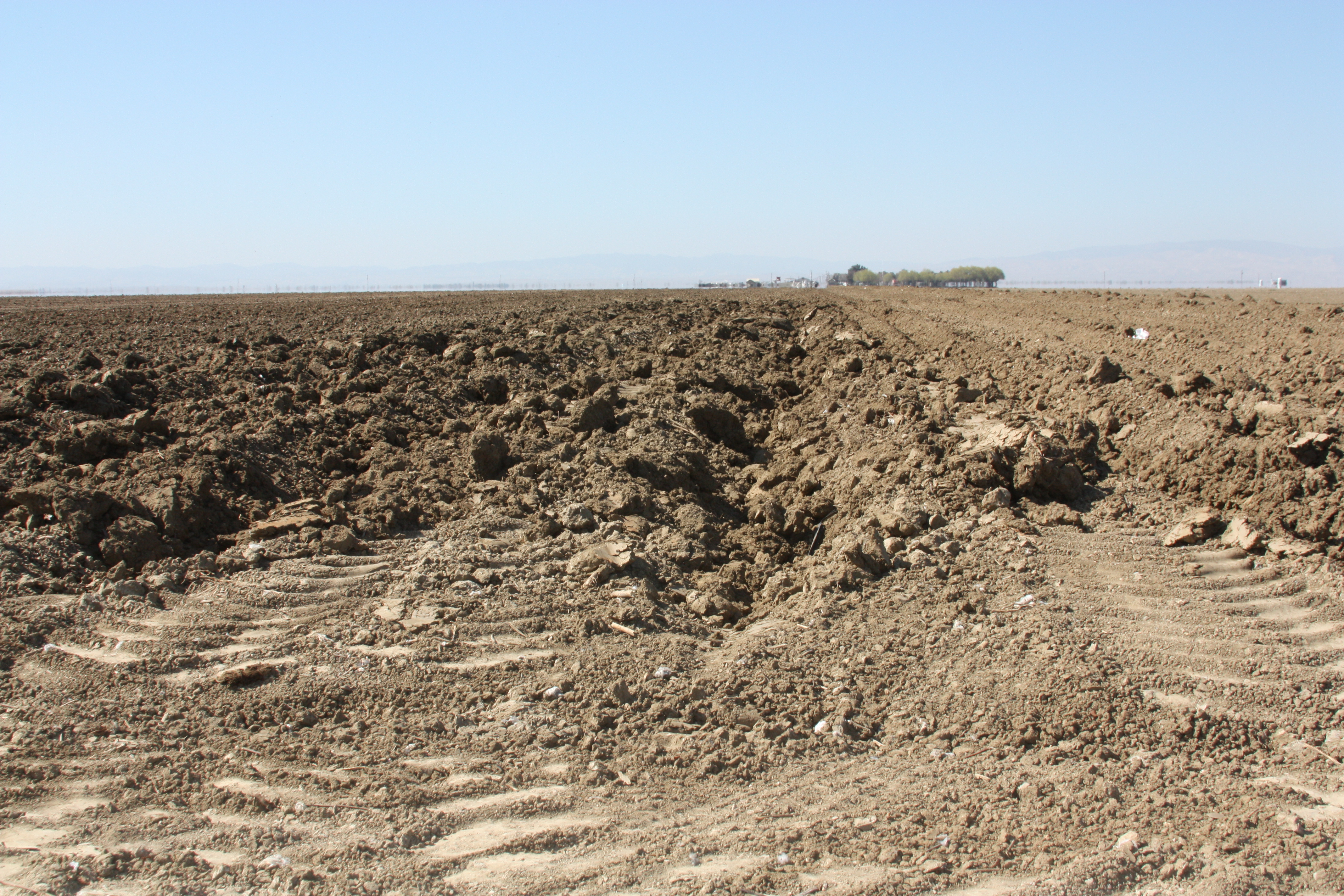A new study finds that drought in one month increases the likelihood of heat in the next

Droughts such as the one currently gripping a majority of the U.S. may dramatically increase the odds of extremely hot days, a new study found. The study, published in Proceedings of the National Academy of Sciences, explores a dynamic that is playing out right now across the country, particularly in the Great Plains, where the severe drought is priming the atmosphere in favor of an above-average number of extremely hot days.
This occurs because of feedbacks between the ground and the air: as the soil and vegetation dry, more of the sun’s energy is able to go into heating the air directly, rather than going into evaporating moisture from plants and the soil.
With drought conditions intensifying during mid-summer, the study suggests that the U.S. may be in for particularly brutal Dog Days of August.
The study is the first to take a global look at the potential for weather forecasters to use precipitation data to help predict the likelihood for heat extremes. With heat killing more Americans per year than any other weather hazard, advance notice of heat hazards could help save lives.
The study looked at the relationship between dry periods and heat extremes that occur during the following month. They found that for much of the U.S., when precipitation falls below a certain threshold, there is a 70 percent likelihood of an above-average number of hot days during the following month.
The study indicates that drought not only increases the odds for the following month to have an above-average number of hot days, but it also makes extremely hot days more likely as well.
“. . . the occurrence probability of an above-average number of hot days is high after dry conditions and low after wet conditions” in certain areas, the study said. The study found that the drought and heat connection was clearly involved in intensifying the Texas drought of 2011, when the Lone Star State suffered through a brutal combination of heat, drought, and wildfires.
In an email conversation, lead author Brigitte Mueller of the Institute for Atmospheric and Climate Science at ETH in Zurich, said the current drought falls well below the study’s precipitation threshold, “which implies an even higher likelihood for an above-average [number of hot days] to occur.”
“Predicting the exact number of hot days would be difficult,” Mueller said, “because dry conditions can lead to both a high number of hot days or a low number of hot days . . . However, the prediction could include a probability for a high number of hot days.”
On the other hand, the study found that wet conditions help limit the occurrence of hot extremes in many parts of the world, and may even prohibit the occurrence of extremely hot days.
In addition to the U.S., the study found that precipitation may help forecasters anticipate heat extremes in Europe and a large portion of the Southern Hemisphere, too.
A version of this post also appears at Climate Central, Climate Watch’s content partner.
